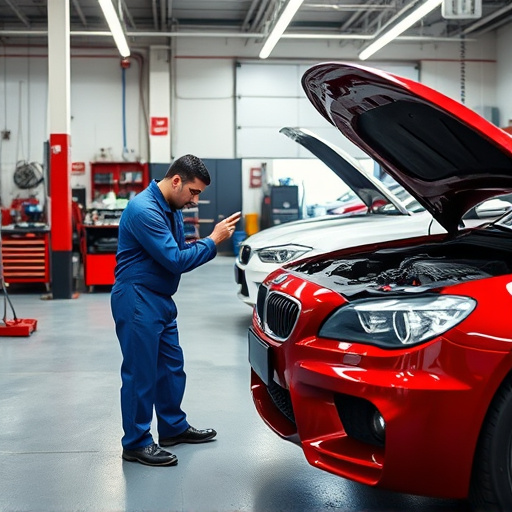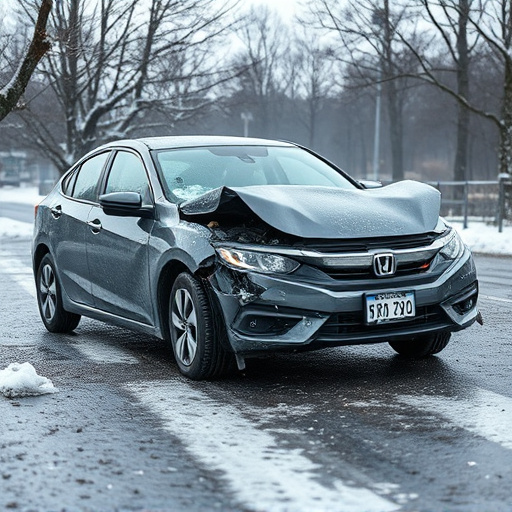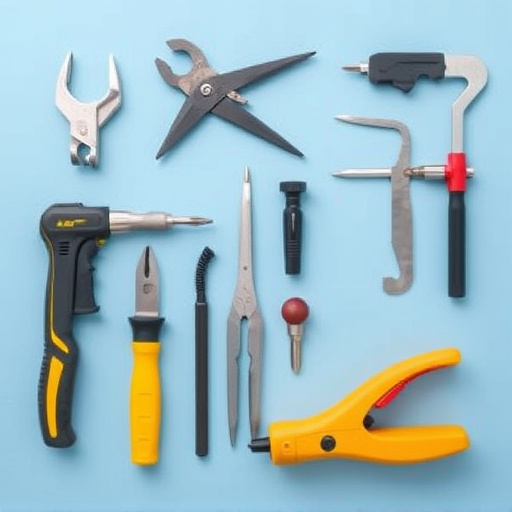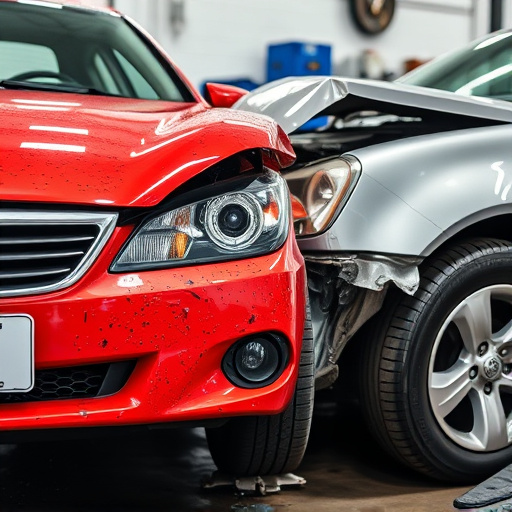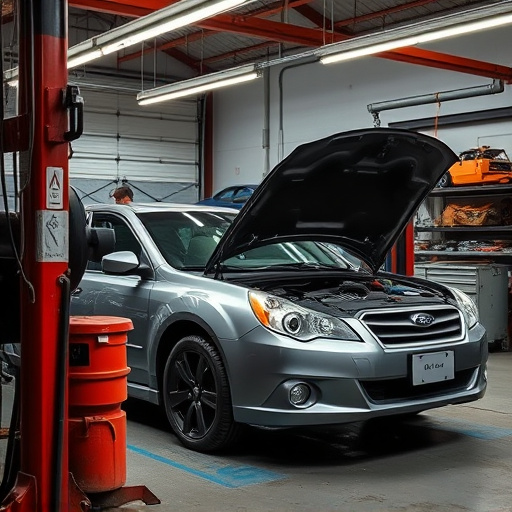Repair scheduling collisions in automotive service centers disrupt operations, increase costs, and lead to poor quality repairs. Unmanaged, these conflicts cause significant delays, workflow disruption, and safety hazards. Digital appointment management systems and communication platforms can optimize collision mitigation strategies, prioritizing urgent tasks and enhancing customer coordination to ensure prompt, high-quality service delivery.
In today’s complex manufacturing landscape, effective repair scheduling is paramount for maintaining product quality. However, the emergence of concurrent repairs, or what is commonly termed “repair scheduling collision,” poses significant challenges to Quality Assurance (QA) teams. This article delves into the intricacies of understanding and managing these collisions, exploring their impacts on production flows and product integrity. We’ll uncover strategies to optimize repair scheduling, ensuring efficient workflows and enhanced overall quality.
- Understanding Repair Scheduling Collision in QA
- Impacts and Challenges of Unmanaged Collisions
- Strategies to Mitigate and Optimize Repair Scheduling
Understanding Repair Scheduling Collision in QA
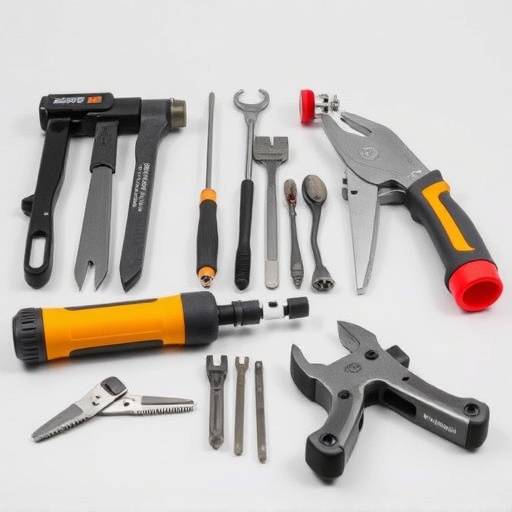
In the realm of quality assurance (QA), understanding repair scheduling collision is paramount to ensuring optimal vehicle condition and customer satisfaction. This phenomenon occurs when two or more repair processes for a single vehicle overlap, creating a clash in schedules. Such collisions are inevitable in bustling automotive service centers where numerous cars require various types of car body repair, from dent repairs to more intricate car bodywork restoration.
Effective collision management is crucial because it directly impacts turnaround times and the overall efficiency of the repair process. When scheduling conflicts arise, skilled QA professionals must swiftly intervene. They analyse the scope of each repair, prioritize tasks based on urgency and complexity, and reallocate resources accordingly. By orchestrating repairs seamlessly, they prevent lengthy delays, minimize damage to car bodywork, and ultimately preserve the vehicle’s value.
Impacts and Challenges of Unmanaged Collisions
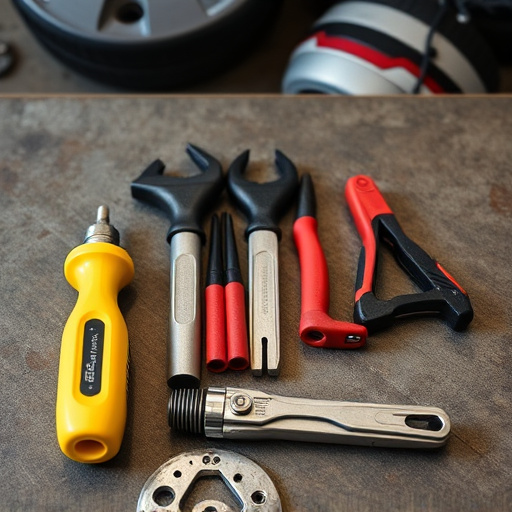
When left unmanaged, repair scheduling collisions can have significant impacts on both individual car owners and automotive repair businesses. In the context of collision repair, these collisions lead to delays in service delivery, as damaged vehicles pile up and wait for their turn, causing a ripple effect across the entire workshop floor. This not only frustrates customers but also disrupts the workflow, leading to increased operational costs due to extended labor hours and resource allocation issues.
Moreover, unmanaged collisions can result in poor quality repairs, especially when vehicle parts are replaced haphazardly or without proper assessment. Car bodywork services that lack organized scheduling may struggle to maintain consistency in their work, resulting in subpar finishes and potential safety hazards. Such challenges underscore the importance of efficient repair scheduling collision management within the quality assurance framework of any automotive repair shop.
Strategies to Mitigate and Optimize Repair Scheduling
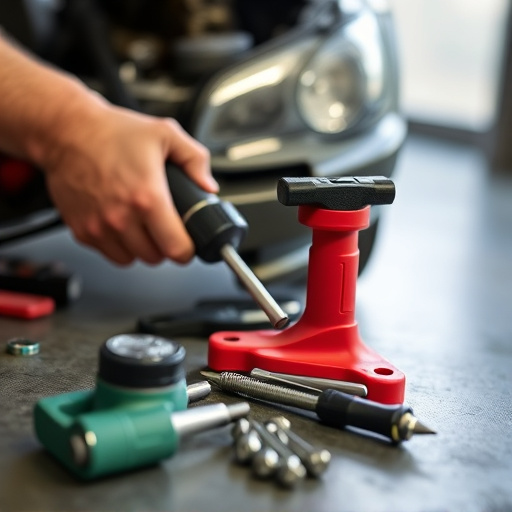
To mitigate and optimize repair scheduling collisions, several strategies can be employed. Firstly, repair scheduling collision can be reduced by implementing digital systems that streamline appointment booking and tracking. These tools enable auto repair shops to manage their schedules more efficiently, minimizing instances where customers arrive for repairs only to find the technician unavailable due to prior commitments. Moreover, integrating customer communication platforms ensures everyone is on the same page regarding service times, reducing no-shows and rescheduling.
Additionally, prioritizing tasks based on urgency and complexity can help optimize workflow. For instance, prioritizing autobody repairs following a minor fender bender over routine maintenance can prevent delays caused by unexpected repair needs. This proactive approach, coupled with well-trained staff and adequate resources, ensures that even during peak seasons, services are delivered promptly, enhancing customer satisfaction and maintaining high-quality assurance standards.
Repair scheduling collision is a significant challenge in quality assurance, causing delays and increased costs. By understanding the intricacies of this issue and implementing effective strategies to mitigate its impacts, organizations can optimize their repair processes. Managed collisions can transform into opportunities for continuous improvement, ensuring higher product quality and enhanced customer satisfaction. Embracing proactive approaches to repair scheduling collision is essential for maintaining a competitive edge in today’s market.
